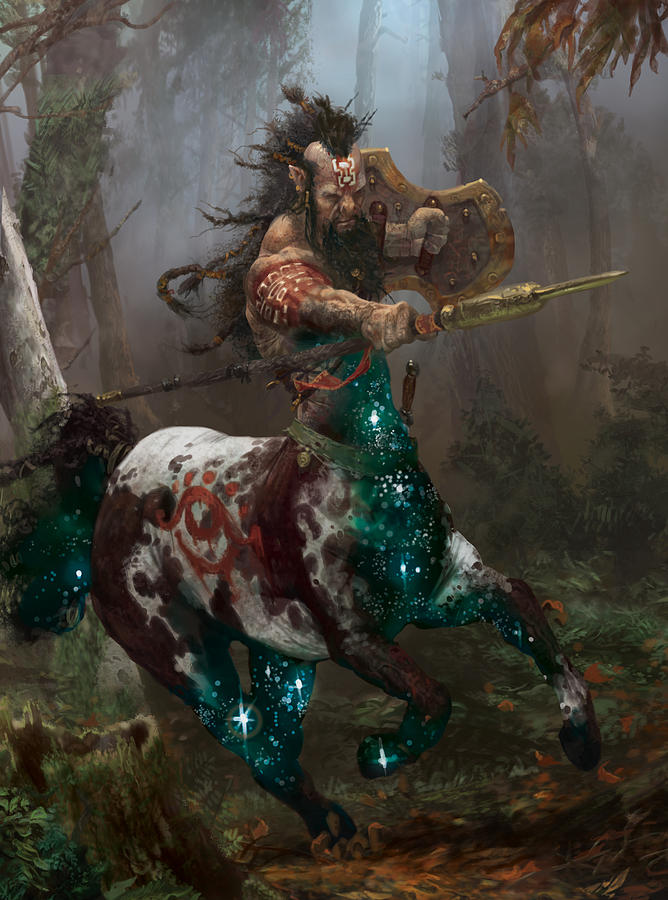
Making Everything Bigger
Credits
Homebrewer
- Written by /u/GoliathBarbarian
Illustrations
- Stylized Character Design by Alejandro Moreno González
- Skyforge Steel Battleaxe by Elder Scrolls
- Nordic Battleaxe by Elder Scrolls
- Blade of Winterhold by Elder Scrolls
- Glass Arrow by Elder Scrolls
- Giant Slayers by Alejandro Moreno González
- Centaurs of the Desert by Pablo Dominguez
- Hotpockets Bio-Warfare Laboratory by Mike Winkelmann
- Goliath by Max Kostin
- Centaur Token by Ryan Barger
- The Attributes Of Hunting And Gardening by Anne Vallayer Coster

Table of Contents
-
1Chapter 1: Oversized Weapons
- 1Melee Weapons
- 2Ranged Weapons
- 2Feat: Monkey Grip
-
4Chapter 2: Large Races
- 6Goliath
- 7Centaur
Preface
If you're reading this expansion of Dungeons and Dragons 5th Edition, I would like to thank you. This idea was created in early 2019 and has taken a while to percolate into a brew worth sharing.
My aim is to push the boundaries of the rules, to find a way to let large weapons and races in without breaking the game. To achieve this, my strategy is to extend the rules so that the extensions break the game in ways that cancel out.
Whether you use the material here as presented, modify it, or not use it at all, I hope you enjoy it all the same, and thanks again for reading!
on the cover
The cover shows an augmented dwarf wielding a massive, oversized warhammer. Credit to Alejandro Moreno González, the artist.
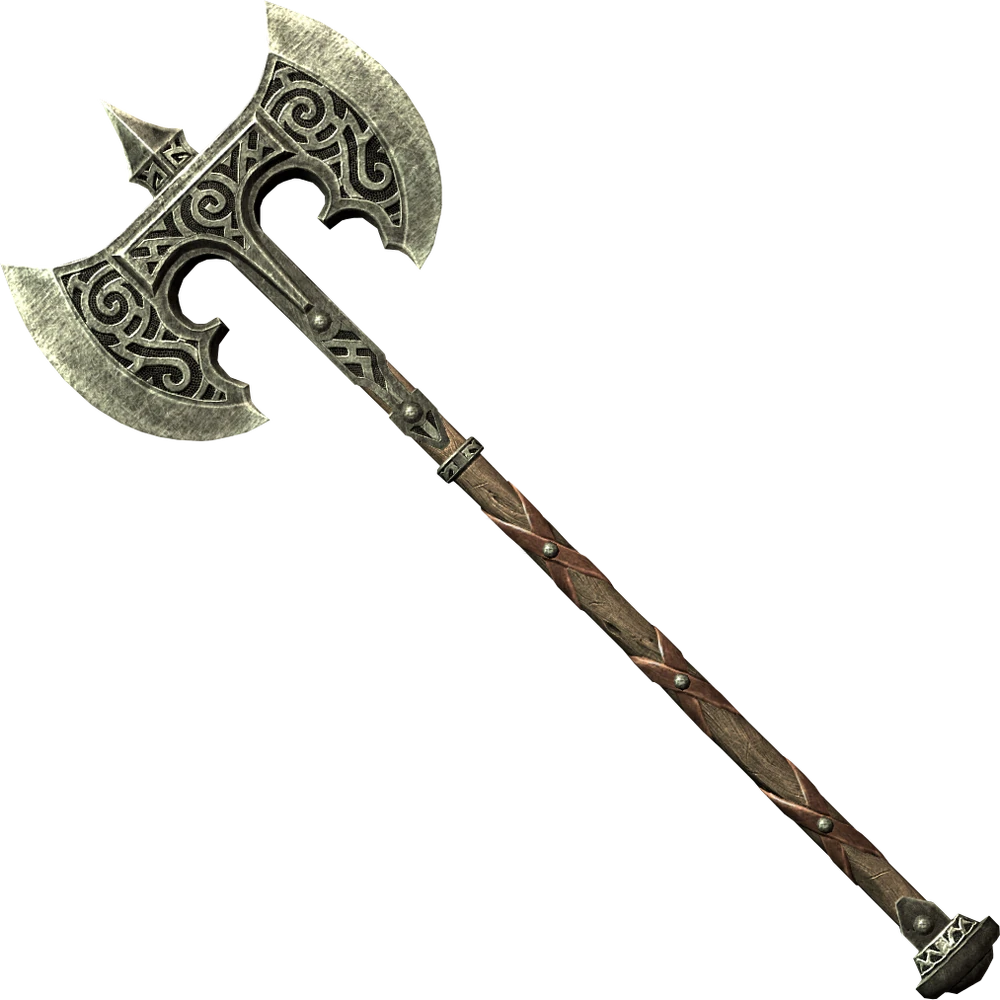
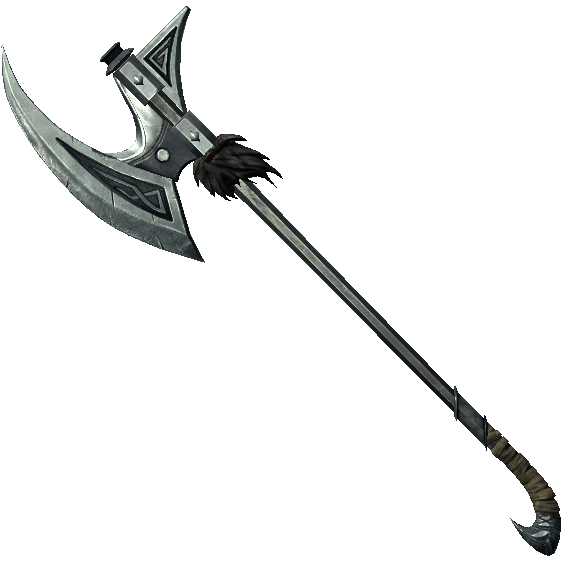
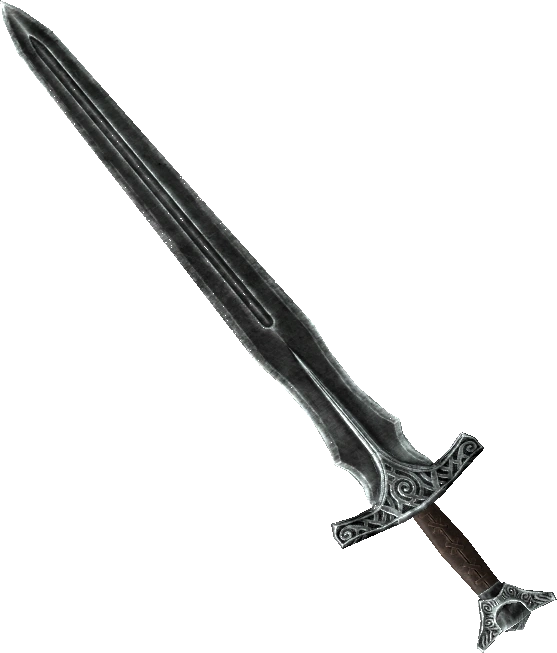
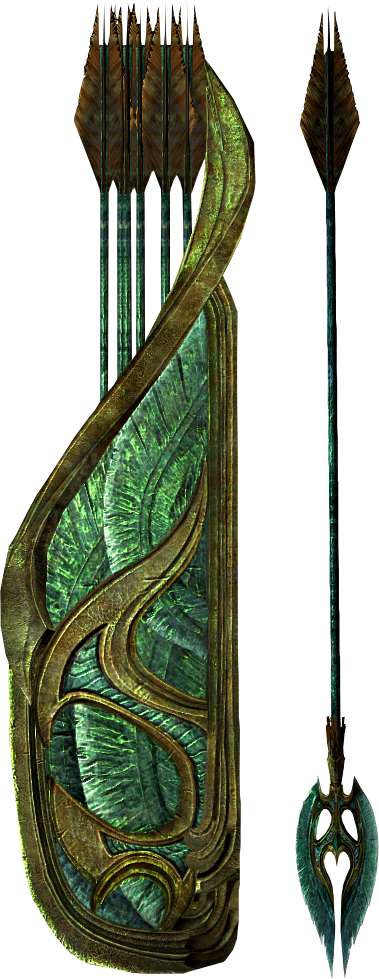
Oversized Weapons
Some weapons are made for large creatures. These weapons are oversized, and they obey the following rules:
- Its length is roughly doubled in all dimensions
- Its damage dice are doubled, or the die size is doubled
- Its thrown property can only be used by large creatures
- Its weight increases two steps, and its balance increases three steps, up to the maximum weight and balance values for that weapon (see "Weight and Balance")
Melee Weapons
All melee weapons have weight and balance, properties that exist on a scale. Weight represents the mass, size, and bulk of the weapon. Balance represents its weight distribution and ease of moving its center of mass.
The Weight and Balance Scale tables list the progression of both properties from lightest to heaviest (for weight) or most manageable to most unwieldy (for balance).
If a range of creature sizes appears in parentheses with the property, you only benefit or suffer from this property if your size is included in this range while wielding the weapon, un-less the property or another game effect says otherwise.
Weapons are listed with bias for medium creatures. So, if a weapon lists its weight or balance without a range of sizes, it is the lightest or most balanced version of the given value. For example, a heavy weapon that does not list a size range has a weight of heavy (medium or smaller).
Regular weapons are tiny in the hands of large creatures. Thus, if a weapon does not list its weight, then its weight is light (large or larger). If a weapon does not list its balance, then its balance is finesse (large or larger).
Weight and Balance Scale
| Light (small or larger) |
| Light (large or larger) |
| Heavy (medium or smaller) |
| Heavy (large or smaller) |
| Finesse (small or larger) |
| Finesse (large or larger) |
| Versatile (medium or smaller) |
| 2-Handed (medium or smaller) |
| 2-Handed (large or smaller) |
Finesse. When you attack with this weapon, you can use your choice of Strength or Dexterity modifier for the attack and damage rolls, using the same modifier for both rolls.
Heavy. Creatures have disadvantage on attack rolls with heavy weapons. If your size is equal to the largest size in the listed range, you do not suffer this penalty.
Light. A light weapon is small and easy to handle, making it ideal for use when fighting with two weapons.
Two-Handed. A two-handed weapon requires two hands when you attack with it. If your size is one step larger than the largest size in the listed range, you treat this weapon as versatile instead.
Versatile. This weapon can be used with one or two hands. The damage when the weapon is used with two hands to make a melee attack increases by one die size (d4→d6, d6→d8, d8→d10, d10→d12).
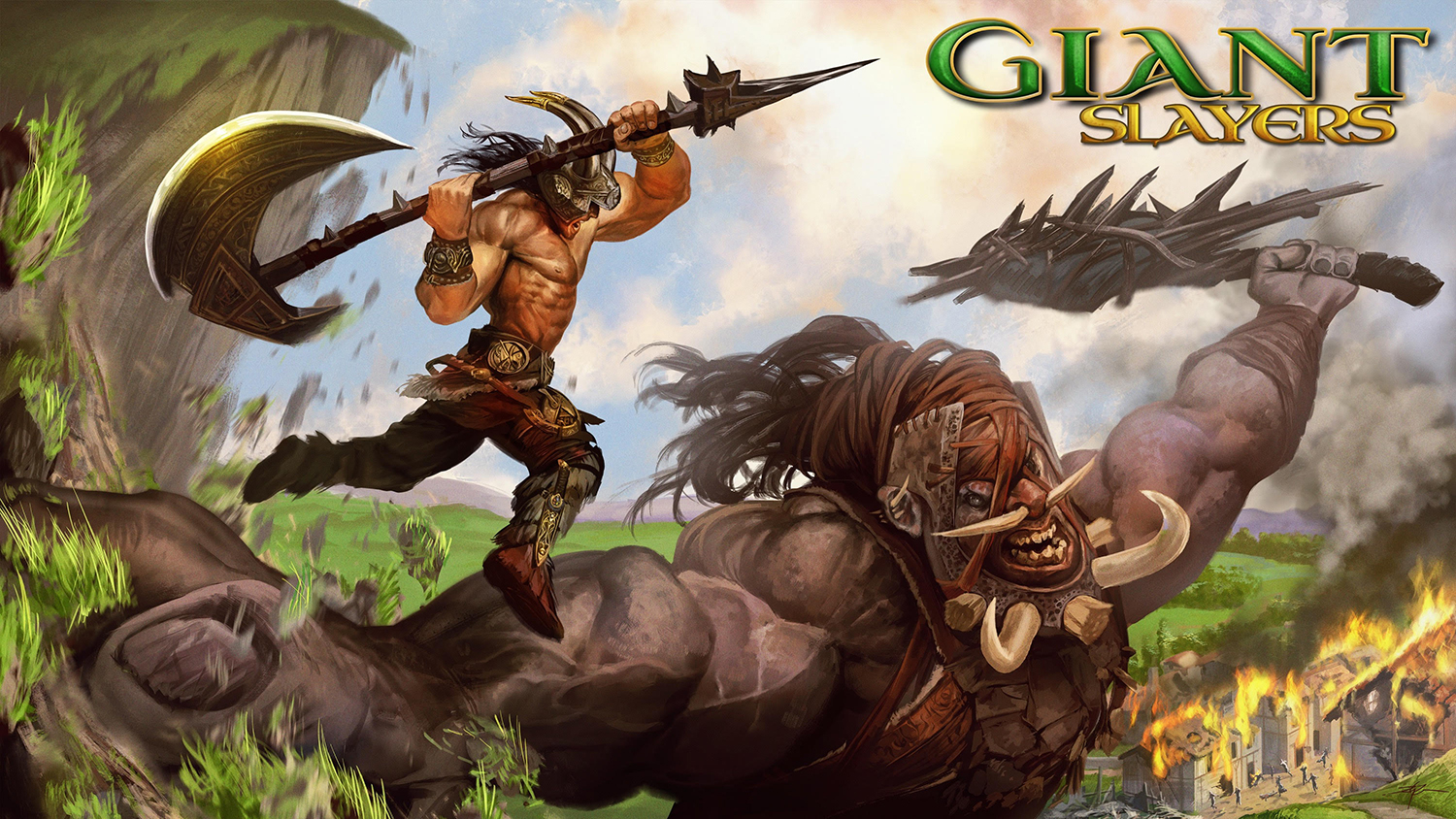
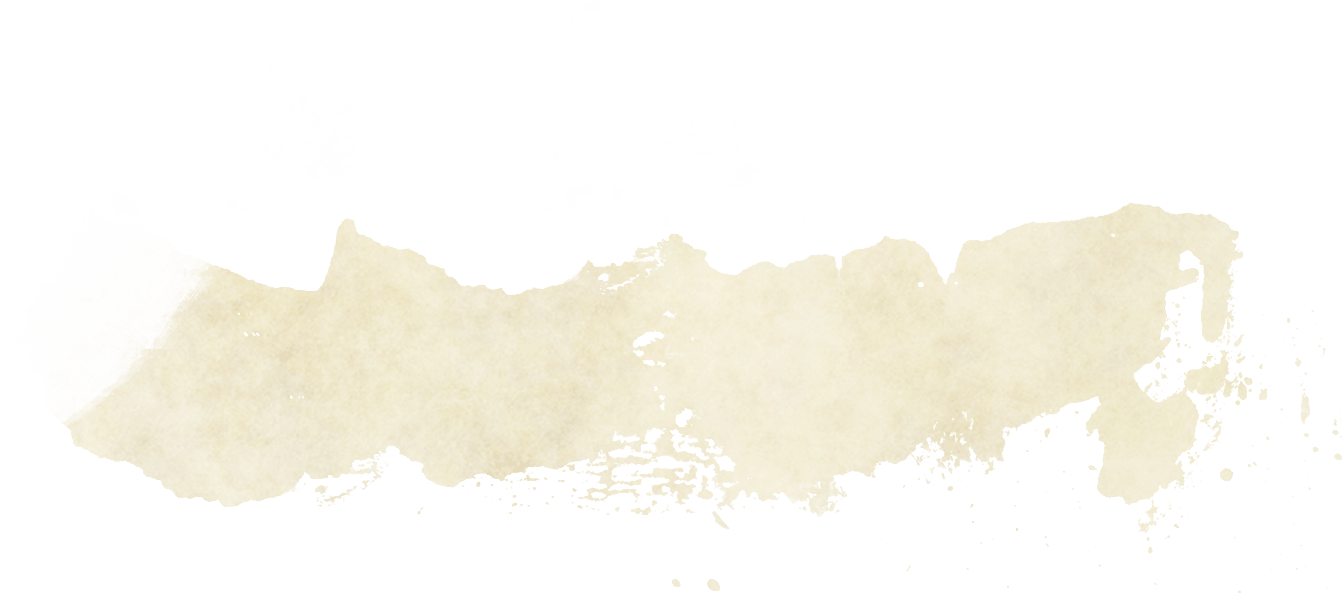


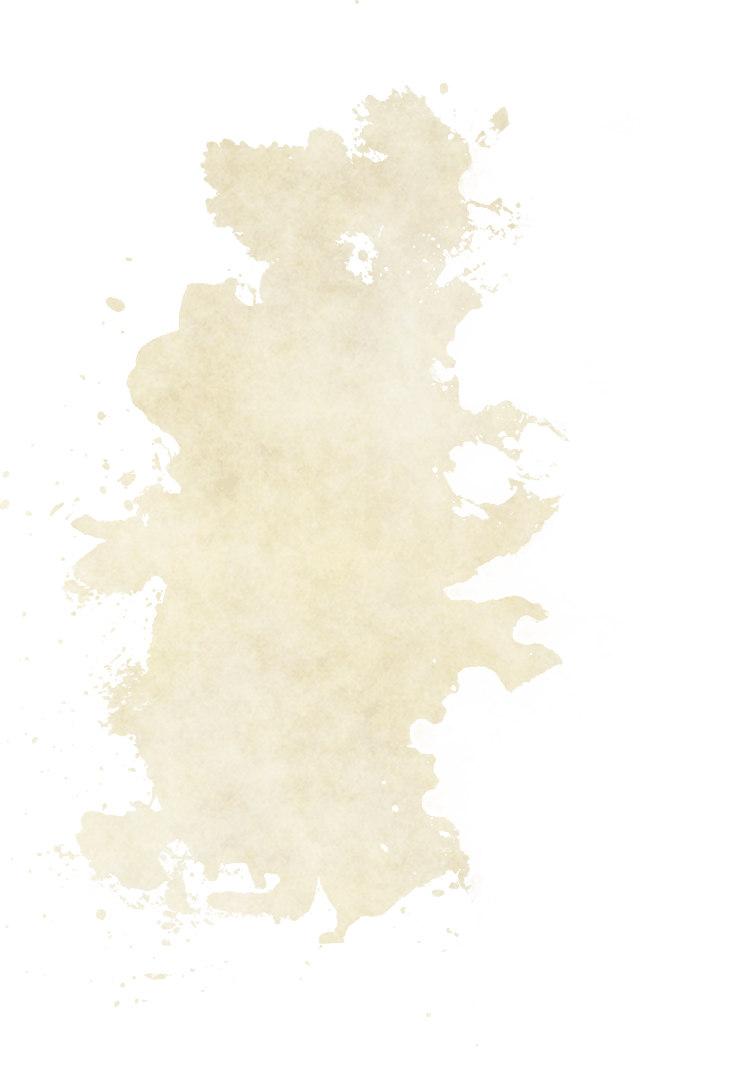

Oversizing Weapon Examples
The following are examples of how normal weapons look once they're oversized.
Handaxe. The handaxe's weight is light with no listed ba-lance. Increasing its weight two steps turns it into a heavy weapon, while increasing its balance three steps yields a two-handed (large or smaller) weapon. In addition, its damage die size doubles to 1d12. An oversized handaxe can be thrown up to 60 feet by a large creature.
Shortsword. The shortsword's weight is light and its ba-lance is finesse. Increasing its weight two steps turns it into a heavy weapon, while increasing its balance three steps yields a two-handed weapon. In addition, its damage dice doubles to 2d6. Due to its balance, an oversized shortsword can be wiel-ded by a large creature with one or two hands—its damage is 2d8 when used with two hands to make a melee attack.
Longsword. The longsword's weight is not listed and its balance is versatile. Increasing its weight two steps turns it into a heavy (large or smaller) weapon, while increasing its balance three steps, up to the maximum balance value for weapons, yields a two-handed (large or smaller) weapon. In addition, its damage dice doubles to 2d8.
Design Notes
For medium creatures, an oversized handaxe is the same as a greataxe, and an oversized shortsword is a greatsword.
So, normal weapons can have hidden properties—a greataxe can be thrown up to 60 ft, or a great-sword can be held in one hand, if a large creature wields them.
Ranged Weapons
All bows have draw length and draw weight, properties that determine its performance. Draw length is the extent that the string can be nocked and governs its effective range. Draw weight is the force needed to draw the bow and governs its damage and the size of creatures that can fire it effectively.
Draw Length and Weight Scale
| Draw Length | Range (feet) | Grade |
|---|---|---|
| Short | 80/320 | 1 |
| Long | 150/600 | 2 |
| Extended | 280/1120 | 3 |
| Draw Weight |
Creature Size |
Damage Dice |
Damage Modifier |
Str Limit |
Grade |
|---|---|---|---|---|---|
| Light | Small | 1d6 | Dexterity | - | 1 |
| Heavy | Medium | 1d8 | Dexterity | - | 2 |
| Massive | Large | 2d8 | Dexterity | - | 3 |
| Overweight | Large | 2d6 | Strength | Str 18 | 3 |
The Draw Length and Weight Scale tables list the grades of these properties.
A bow's draw length grade must be less than or equal to its draw weight grade. Thus, a bow with a short draw length can have a heavy draw weight, but a bow with a long draw length can't have a light draw weight.
If the table lists a value in the Creature Size column for a draw weight, a creature has disadvantage on all attack rolls with that weapon unless its size is equal to or larger than the listed size. Creatures size small or smaller can't wield bows with a grade of 3 in either draw length or draw weight.
If the table lists a value such as "Str 18" in the Str Limit column for a draw weight, a creature cannot wield the bow unless it has a Strength score equal to or higher than the listed score.
The damage a bow deals is the sum of the values listed un-der the Damage Dice and Damage Modifier columns for a given draw weight. You must use both hands to wield a bow.
Reconstructing Oversized Bows
Bows from official source material can be exactly recreated from these rules as follows:
| Bow Name | Draw Length | Draw Weight | Source Book |
|---|---|---|---|
| Shortbow | Short | Light | PHB 149 |
| Longbow | Long | Heavy | PHB 149 |
| Yalkfolk Longbow | Long | Massive | SKT 244 |
| Oversized Longbow | Long | Overweight | WDH 201 |
Feat: Monkey Grip
Prereq: Medium creature with martial weapons proficiency
You wield the weapons of giants with power befitting of them. You gain the following benefits:
- While wielding a melee weapon, you count as large for the purpose of deciding if you are included in its size range.
- While wielding a bow, you count as large for the purpose of deciding your draw weight.
- You can use the thrown property of oversized weapons.


Oversized Weapons
| Weapon | Damage | Properties |
|---|---|---|
| Simple Melee Weapons | ||
| Club | 1d8 bludgeoning | Heavy, two-handed (large or smaller) |
| Dagger | 1d8 piercing | Heavy, two-handed, thrown (range 20/60) |
| Greatclub | 2d8 bludgeoning | Heavy (large or smaller), two-handed (large or smaller) |
| Handaxe | 1d12 slashing | Heavy, two-handed (large or smaller), thrown (range 20/60) |
| Javelin | 2d6 piercing | Heavy (large or smaller), two-handed (large or smaller), thrown (range 30/120) |
| Light Hammer | 1d8 bludgeoning | Heavy, two-handed (large or smaller), thrown (range 20/60) |
| Mace | 1d12 bludgeoning | Heavy (large or smaller), two-handed (large or smaller) |
| Quarterstaff | 1d12 bludgeoning | Heavy (large or smaller), two-handed (large or smaller) |
| Sickle | 1d8 slashing | Heavy, two-handed (large or smaller) |
| Spear | 1d12 piercing | Heavy (large or smaller), two-handed (large or smaller), thrown (range 20/60) |
| Simple Ranged Weapons | ||
| Shortbow | 2d8 piercing | Draw length (short), draw weight (massive) |
| Shortbow | 2d6 piercing | Draw length (long), draw weight (overweight) |
| Martial Melee Weapons | ||
| Battleaxe | 2d8 slashing | Heavy (large or smaller), two-handed (large or smaller) |
| Flail | 2d8 bludgeoning | Heavy (large or smaller), two-handed (large or smaller) |
| Glaive | 2d10 slashing | Reach, heavy (large or smaller), two-handed (large or smaller) |
| Greataxe | 2d12 slashing | Heavy (large or smaller), two-handed (large or smaller) |
| Greatsword | 4d6 slashing | Heavy (large or smaller), two-handed (large or smaller) |
| Halberd | 2d10 slashing | Reach, heavy (large or smaller), two-handed (large or smaller) |
| Lance | 2d12 piercing | Reach, special, heavy (large or smaller), two-handed (large or smaller) |
| Longsword | 2d8 slashing | Heavy (large or smaller), two-handed (large or smaller) |
| Maul | 4d6 bludgeoning | Heavy (large or smaller), two-handed (large or smaller) |
| Morningstar | 2d8 piercing | Heavy (large or smaller), two-handed (large or smaller) |
| Pike | 2d10 piercing | Reach, heavy (large or smaller), two-handed (large or smaller) |
| Rapier | 2d8 piercing | Heavy (large or smaller), two-handed |
| Scimitar | 1d12 slashing | Heavy, two-handed |
| Shortsword | 2d6 slashing | Heavy, two-handed |
| Trident | 1d12 piercing | Heavy (large or smaller), two-handed (large or smaller), thrown (range 20/60) |
| War pick | 2d8 piercing | Heavy (large or smaller), two-handed (large or smaller) |
| Warhammer | 2d8 bludgeoning | Heavy (large or smaller), two-handed (large or smaller) |
| Whip | 1d8 slashing | Reach, heavy (large or smaller), two-handed (large or smaller) |
| Martial Ranged Weapons | ||
| Longbow | 2d8 piercing | Draw length (extended), draw weight (massive) |
| Longbow | 2d6 piercing | Draw length (extended), draw weight (overweight) |






Large Races
Creatures from different walks of life choose to become an adventurer. Among them are peoples of the large races. This section introduces rules for introducing large races in your game.
Rules for Large Creatures
The following rules from the Player's Handbook and the Dungeon Master's Guide are especially relevant to a large creature in their adventures.
Cover
Walls, trees, creatures, and other obstacles can provide cover during combat, making a target more difficult to harm.
Equipment Sizes
In most campaigns, you can use or wear any equipment that you find on your adventures, within the bounds of common sense. For example, a burly half-orc won't fit in a halfling's leather armor, and a gnome would be swallowed up in a cloud giant's elegant robe.
Food and Water
Large creatures require 4 pounds of food and 4 gallons of water per day. Water needs are doubled if the weather is hot.
Grappling
The target of your grapple must be no more than one size larger than you and must be within your reach.
Moving a Grappled Creature. When you move, you can drag or carry the grappled creature with you, but your speed is halved, unless the creature is two or more sizes smaller than you.
Lifting and Carrying
For each size category above medium, double the creature's carrying capacity and the amount it can push, drag, or lift.
Mounted Combat
A willing creature that is at least one size larger than you and that has an appropriate anatomy can serve as a mount.
Moving Around Other Creatures
You can move through a nonhostile creature's space. In contrast, you can move through a hostile creature's space only if the creature is at least two sizes larger or smaller than you. Remember that another creature's space is difficult terrain for you.
Opportunity Attacks
You can make an opportunity attack when a hostile creature that you can see moves out of your reach.
Shoving a Creature
You can shove a creature no more than one size larger than you and is within your reach.
Space
A creature's space is the area in feet that it effectively controls in combat, not an expression of its physical dimensions. A typical large creature isn't 10 feet wide, for example, but it does control a space that wide.
Squeezing into a Smaller Space
A creature can squeeze through a space that is large enough for a creature one size smaller than it. Thus, a large creature can squeeze through a passage that's only 5 feet wide.
The Framework of a Large Race
All large races presented here obey these guidelines.
Drawbacks
Large races suffer from the following penalties:
Ability Score Decrease. Pick an ability from: Constitution, Dexterity, or Wisdom. You have a -2 penalty to it.
Condition Susceptibility. Pick a condition from: charmed, poisoned, or frightened. You have disadvantage on any ability checks or saving throws you make to resist it.
Damage Vulnerability. Pick a common damage type, or three uncommon ones. You are vulnerable to them.
Unskilled. Pick two skills. You have disadvantage on all ability checks you make with these skills.
Natural Physiology
Large races enjoy the following benefits:
Easy Target. Your Armor Class decreases by 1.
Long Arms. Your natural reach is 10 feet.
Sturdy. Your hit point maximum increases by 1, and it increases by 1 again every time you gain a level.
Wide Stride. Your base walking speed is 35 feet.
Repair and Overclock
For flexibility, all large races need two classes of racial feats: repair and overclock. Repair refers to any feat that nullifies some of that race's drawbacks. Overclock refers to a feat that amplifies the drawbacks in exchange for power. No one can have both feats at the same time.
Racial Abilities
Darkvision, resistances, innate spells, etc, fall in this basket. A large race can have around three of them.
Optional: Diminished Auras
The aura of a large creature shrinks by 5 feet. If this reduces its range to 0, then it becomes a Self only effect. Their bulky stature occupies most of their own auras, leaving less room for others inside.
Notes for the Dungeon Master
The drawbacks are meant to balance large races at 1st level. Feel free to play with their damage vulne-rability, but don't overdo it until 4th level.
Then, they have the choice to take their repair feat, removing their vulnerability. If they don't, this choice to maintain their character's drawbacks can mean it's fairer to increase the pressure on those drawbacks as needed in your game.
The idea is not to punish a character for their da-mage vulnerability, but to get a great story out of it. Give your player reasons to overclock. Tempt them with power in exchange for revenge; let them think their gods are blessing them. If they bite, keep your promise. Give them revenge, glory, fame. Then let them stew in the consequences of their bargain as enemies who know their exact weakness spill forth. How far are they willing to go to stay alive?




Goliath
At the highest mountain peaks dwell the reclusive goliaths, wandering a bleak realm of rock, wind, and cold. Their bodies look carved from stone and have great physical power. Their hearts are infused with the cold regard of their frigid realm.
Goliath Traits
Goliaths share the following traits in common with other goliaths.
Ability Score Modifier. Your Strength score increases by 2, your Constitution score increases by 1, and your Wisdom score decreases by 2.
Age. Goliaths enter adulthood in their late teens and live three to five decades.
Alignment. Goliath society's sense of fairness and per-sonal accountability pushes them toward neutrality.
Size. Goliaths are between 10 and 13 feet tall and weigh between 900 and 2,200 pounds. Your size is large.
Easy Target. Your Armor Class decreases by 1.
Wide Stride. Your base walking speed is 35 feet.
Long Arms. Your natural reach is 10 feet.
Natural Athlete. You have proficiency in the Athletics skill.
Sturdy. Your hit point maximum increases by 1, and it increases by 1 every time you gain a level.
Stone's Endurance. When you take damage, once per short or long rest, you can use your reaction to reduce that damage by 1d12 + your Constitution modifier.
Mountain Born. You're acclimated to high altitudes, inclu-ding elevations above 20,000 feet. Also, you're naturally adapted to cold climates.
Frigid Heart. You are vulnerable to fire damage.
Forthright. You have disadvantage on ability checks and saving throws you make to resist being charmed, and on ability checks related to Insight and Deception.
Languages. You can speak, read, and write Giant.
Feat: Icebranded
Prerequisite: Goliath without Firescarred feat
You gain your tattoos, chronicling your trials as a tapestry on your body. Sages say the tattoos connect goliaths with their greater destiny. You gain the following benefits:
- Increase your Wisdom score by 1, to a maximum of 20.
- Instead of its default effect, your Frigid Heart trait instead grants you resistance to cold and necrotic damage.
- You can cast locate creature at will without any spell com-ponents, but you can find only icebranded goliaths with this skill. Wisdom is your spellcasting ability for this spell.
Feat: Firescarred
Prerequisite: Goliath without Icebranded feat
You trail fire across your body, forming patterns of gruesome scars that sunder an ancient magic in your blood. You gain the following benefits:
- Increase your Strength score by 1, to a maximum of 20.
- You gain immunity to fire damage, but you gain vulne-rability to cold, necrotic, and psychic damage.
- Your melee attacks are critical hits on a roll of 19 or 20.
- You have advantage on Intimidation checks you make against creatures who can see your scars.
Rewriting Lore
In the Forgotten Realms, goliaths are born with tattoo-like markings they believe are mystical. In this version, they receive their tattoos to accept their heritage, or burn themselves to reject it.
Also, Common is excluded from their languages as a roleplay hook. Goliaths are reclusive—most of them don't need to learn it. As a PC, form a bond with another PC by making them your translator. They could be a true friend or a con artist taking advantage of you—go with what's fun.









Centaur
Roamers at heart, centaurs love open spaces and to travel. As much as they can, they run, racing the wind, with thundering hooves, tails streaming behind them.
Centaur Traits
Centaur share the following traits in common with other centaurs.
Ability Score Modifier. Your Dexterity score increases by 1, and your Constitution score decreases by 2.
Age. Centaurs age at about the same rate as humans.
Alignment. Centaurs are inclined toward neutrality.
Size. Centaurs can be 8 and 10 ft tall, reaching about 5½ ft at the withers, with a body length of 8 feet. Your size is large.
Easy Target. Your Armor Class decreases by 1.
Speed. Your base walking speed is 40 feet.
Fey. Your creature type is fey.
Long Arms. Your natural reach is 10 feet.
Sturdy. Your hit point maximum increases by 1, and it increases by 1 again every time you gain a level.
Legacy of Pholus. You have disadvantage on ability checks and saving throws you make to resist being poisoned, and you are vulnerable to poison damage.
Equine Build. Climbing costs you 4 extra ft of movement instead of the normal 1 extra foot for each foot you climb. In addition, you have disadvantage on ability checks related to Stealth and Acrobatics.
Languages. You can speak, read, and write Common and Sylvan.
Chironic Centaur
Your heritage as a chironic centaur revolves around prophecy, teaching, healing, and archery. Chironic centaurs enjoy an honorable and respectable reputation, and as a result they are likely to be sought out as tutors or advisors.
Ability Score Increase. Your Dexterity score increases by 1 and your Wisdom score increases by 1.
Apollonic Disciple. You know the guidance cantrip. You can cast hunter's mark once per day. Also, when you reach 3rd level, you can cast healing spirit once per day. Wisdom is your spellcasting ability for these spells.
Archery Training. You have proficiency with the shortbow and longbow.
Ixionic Centaur
The warlike, bestial ixionic centaurs tend to form territories in open ranges and large meadows. Only rarely will an ixionic centaur be found alongside their smaller friends within their narrow, suffocating urban cities. Generally, they take offense when someone asks to ride upon their backs.
Ability Score Increase. Your Strength score increases by 1, and your Constitution score increases by 1.
Charge. If you move at least 30 feet straight and then hit a target with a melee weapon attack on your turn, you can use your bonus action to immediately attack the target with your hooves.
Hooves. Your hooves are natural melee weapons that deal bludgeoning damage equal to 1d4 + your Strength modifier.
Survivor. You are proficient in one of the following skills: Animal Handling, Medicine, Nature, or Survival.
Feat: Transcendent of Pholus
Prerequisite: Centaur without Arm of Zeus feat
You've found the cradle of the poisoned curse in your body, passed down to you from your ancestors, and destroyed it. You gain the following benefits:
- Increase your Constitution score by 1, to a max of 20.
- You are no longer affected by your Legacy of Pholus trait.
- You can cast detect poison and disease at will. Wisdom is your spellcasting ability for this spell.
Feat: Arm of Zeus
Prerequisite: Centaur without Transcendent of Pholus feat
Your practice and training have borne fruit, enabling you to channel the rare energy of storms you've inherited from your ancestors. You gain the following benefits:
- Increase your Strength or Dexterity score by 1, to a maximum of 20.
- When you gain this ability, choose either lightning arrow or elemental weapon (lightning damage only). Once per short or long rest, you can cast your chosen spell at 5th level without concentration. Your spellcasting ability is Charisma for these spells.
- You have disadvantage on ability checks and saving throws made to resist being charmed.
